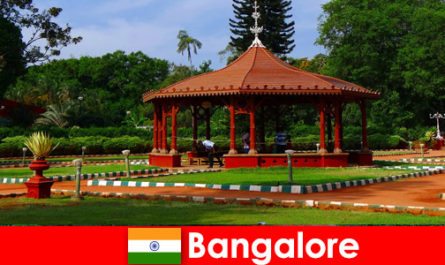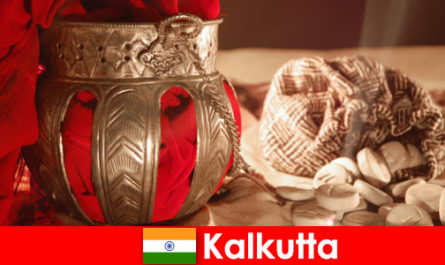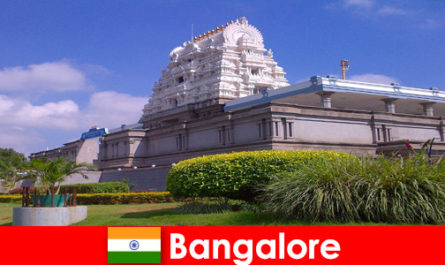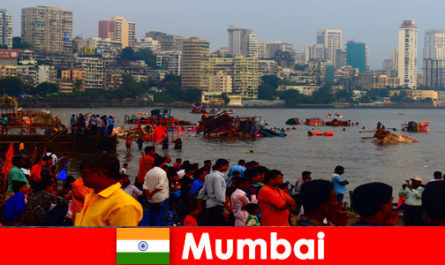Kolkata is the third largest city in India and the capital of its region. It lies at the mouth of a lake and is one of the most important cities in the huge country. Around 5 million people live in the city. It is the cultural and economic center in the east of India. The city is a popular destination for study and city trips among tourists. In addition to numerous sights, the metropolis offers numerous playhouses. The main buildings are St. Paul’s Cathedral and Victoria Memorial. The metropolis is famous worldwide for its lively theater culture. It has numerous galleries, museums, theaters and concert halls and several universities.
Art and theater have a long tradition in Calcutta
Art is very important in the city. Theater, dance and music performances are held at all non-religious festivals, for example a few weeks in January. Demanding art is offered in the Rabindra Sadan concert and theater hall.

History of Calcutta’s theater scene
The modern theater scene has its roots in traditional Indian folk theater. Performances were performed only in the Hindi language. From the 19th century, the theater scene was influenced by dramatists. Between the 1940s and the 1950s, through the influence of a movement, a new type of theater developed in the city as a platform for the creation of a new generation of artists.
Operas have been a tradition in the city since the 17th century. The pieces listed were created from popular epics and ballads and performed throughout India from the 18th century. The first drama was translated into a Western language in 1789. In the following 100 years, another 46 plays were translated.
Many of the newly built playhouses were influenced by the colonial masters of the time. Theater plays with Indian themes were performed. They combined an imaginative stage presentation, dialogue, drama, narrative, dance and music.
In the following years, mythological, epic and Indian legends served as sources for new plays. During the struggle for freedom in India, the drama ensembles presented the audience with a mixture of nationalism and pure entertainment.
Calcutta’s theater culture was the model for the first Indian film productions
The return to dramatic themes after centuries was also the cornerstone for the first Indian film productions and the birth of a new generation of theater. With the creation of the sound film, the number of theatergoers decreased. The result was that the theater performances were attended by a demanding, educated audience. Pieces with socially relevant and realistic topics were performed.
New impulses in the 20th century
A new theater association gave the theater scene new ideas. Traveling theater groups influenced the theater culture across the subcontinent. After India’s independence, performing arts were promoted by the first Indian government. New standards that were created influenced a whole generation. This art form is used throughout India today to promote healthy personal development of young people. Some of the plays deal with political and social content. Pioneers of the theater scene have also dared to mix theater concepts from the West and the East. The lively theater scene enriches the awareness of culture and artistic creation throughout the country. In addition to well-known Indian dramas, Calcutta’s playhouses now also perform plays by famous Western artists.
Officially, acting in Calcutta and other parts of the country was never sponsored by the state. Many actors used their theater careers as a springboard for a successful career as a film actor. Tourists traveling to the metropolis should definitely watch at least one theatrical performance in one of the playhouses to understand why Calcuta’s vibrant theater culture is so popular.
 Dansk
Dansk Deutsch
Deutsch Español
Español Français
Français Indonesia
Indonesia Italiano
Italiano Magyar
Magyar Melayu
Melayu Nederlands
Nederlands Polski
Polski Português
Português Русский
Русский Română
Română Tiếng Việt
Tiếng Việt Türkçe
Türkçe Українська
Українська български
български Ελληνικα
Ελληνικα 한국어
한국어 हिन्दी
हिन्दी 日本語
日本語 简体中文
简体中文




